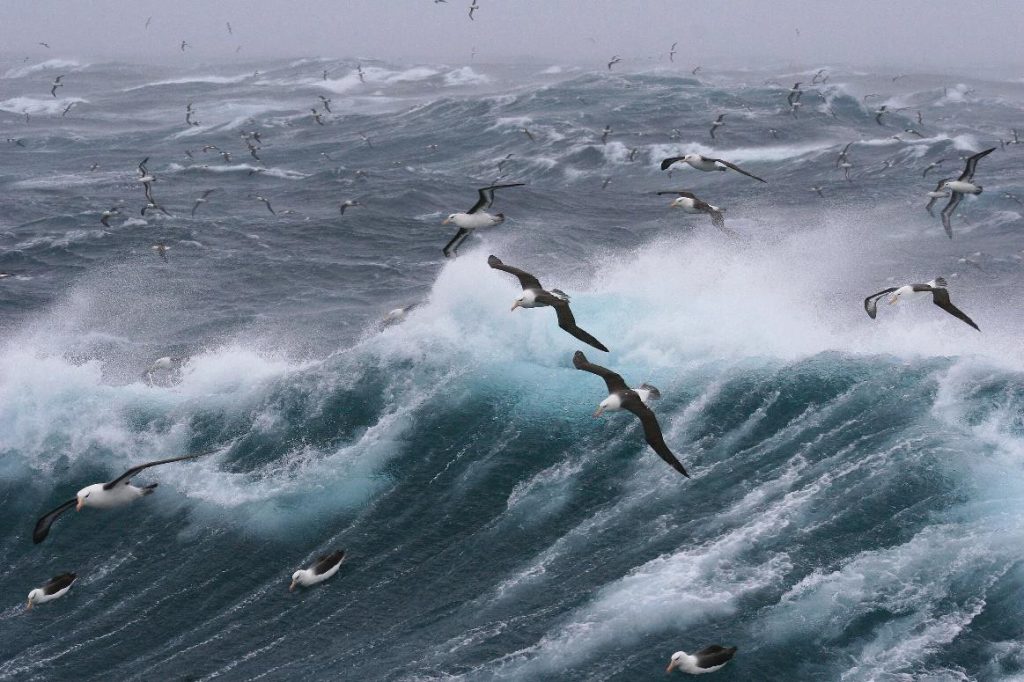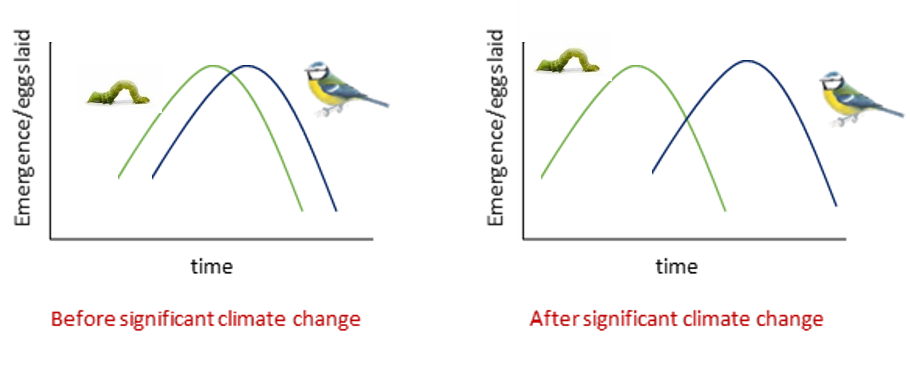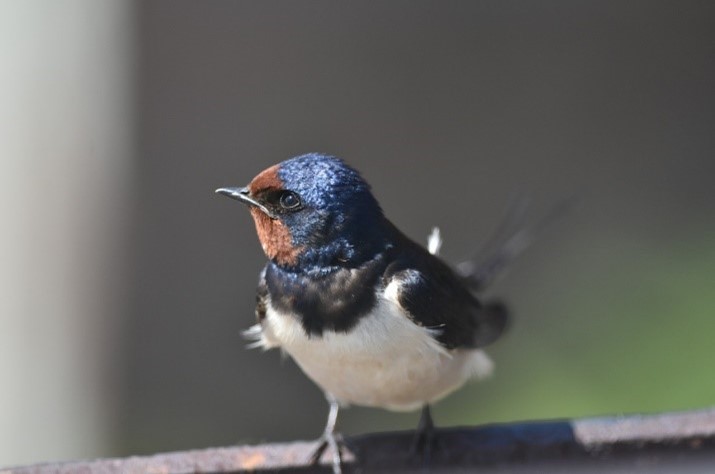This post continues the series of guest blogs written by students from the BES Undergraduate Summer School 2020. In this, the second installment, Kira Prouse discusses the gases responsible for the smell of the sea and their role in marine ecosystems.
Kira Prouse
How plankton are responsible for the smell of the sea
The smell of the seaside is distinctive and elicits nostalgic memories for many people. It may be a surprise when you learn this charismatic smell is actually made up of a cocktail of gasses from phytoplankton and bacteria in the ocean’s surface waters! The smelliest of these gasses is Dimethyl Sulphide.
Dimethyl Sulphide, shortened to DMS, starts as DMSP or Dimethylsulfoniopropionate (a bit of a tongue twister!) and is broken down into DMS when the cell containing it dies, and the chemical is released into the water column. DMSP is thought to help with:
• Allowing cellular reactions to continue in polar regions with freezing conditions.
• It acts as a natural sunscreen, protecting against harmful chemicals produced by high light or ultraviolet radiation.
• It allows for survival in saline oceans by regulating DMSP concentrations to match the salinity of the surrounding environment.
• Herbivore deterrent – DMSP and DMS may be produced by algae to make them herbivore deterrents and reducing grazing damage.

Many animals, including birds, turtles and marine mammals, use the smell of DMS in order to find areas rich in food. In an otherwise vast and featureless ocean, the scent of DMS could hint at bathymetric features like upwelling zones and seamounts (areas known for their high productivity). As DMS is released when the cell dies, this could happen when the algae or phytoplankton are grazed by zooplankton, which would appeal to animals such as albatrosses who have a very good sense of smell. Unfortunately, as plastics are continually polluting the oceans, DMS particles cling to the surface of the plastic and make it smell appealing to any animal attracted to the scent of DMS. This means more plastic is being injested by birds because it smells like a tasty meal.

Not only does DMS have an ecological benefit, it also has an impact on how the climate is regulated. DMS stimulates the formation of cloud seeding particles and thus the formation of clouds. DMS leaves the surface of the water where, in the atmosphere, it oxidises into a number of compounds including sulphur dioxide (a cloud condensation nuclei). These particles mix with the evaporated water from the ocean and form clouds. This is important because clouds play a role in the amount of solar radiation reaching the Earth’s surface. Some clouds reflect the solar radiation and prevent the rays reaching the surface, having a cooling effect. Other clouds trap heat from the Earth’s surface, having a warming effect.
The more we understand about DMS the better we will understand how climate is regulated and how it will be affected by climate change. There are still unanswered questions about why some algae produce more DMSP than others and whether this affects concentrations seasonally. This also means that concentrations could vary geographically too. To help find out, NERC are collaborating with The University of East Anglia to investigate DMSP in the English Channel over the span of a year.
This blog post was inspired by the Plymouth Marine Laboratories coffee break science series.



